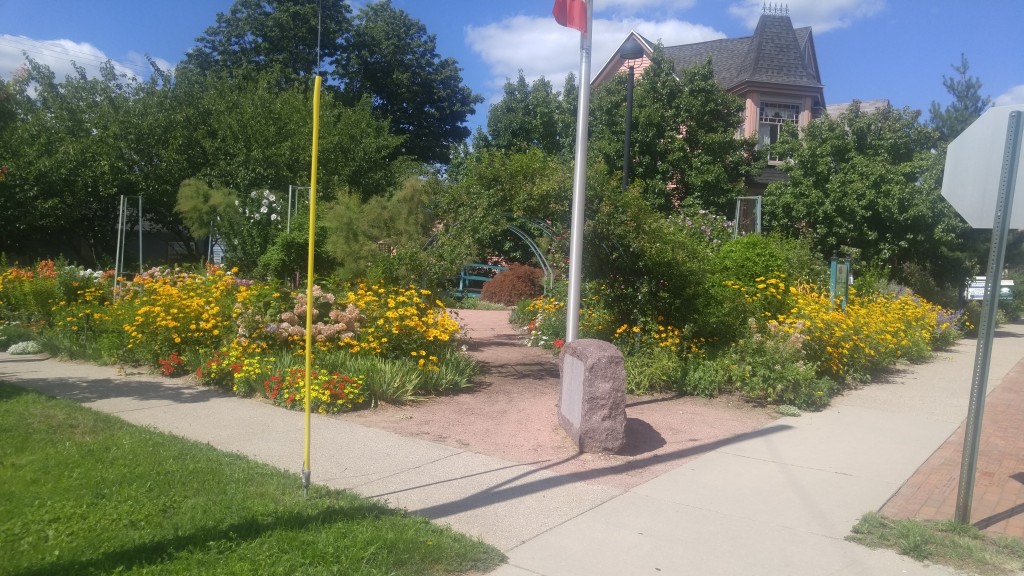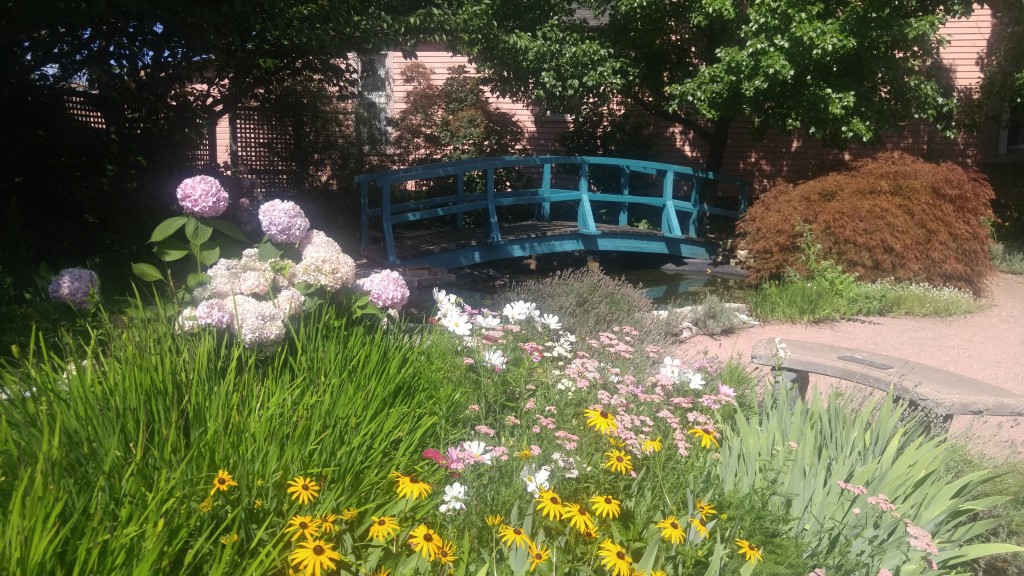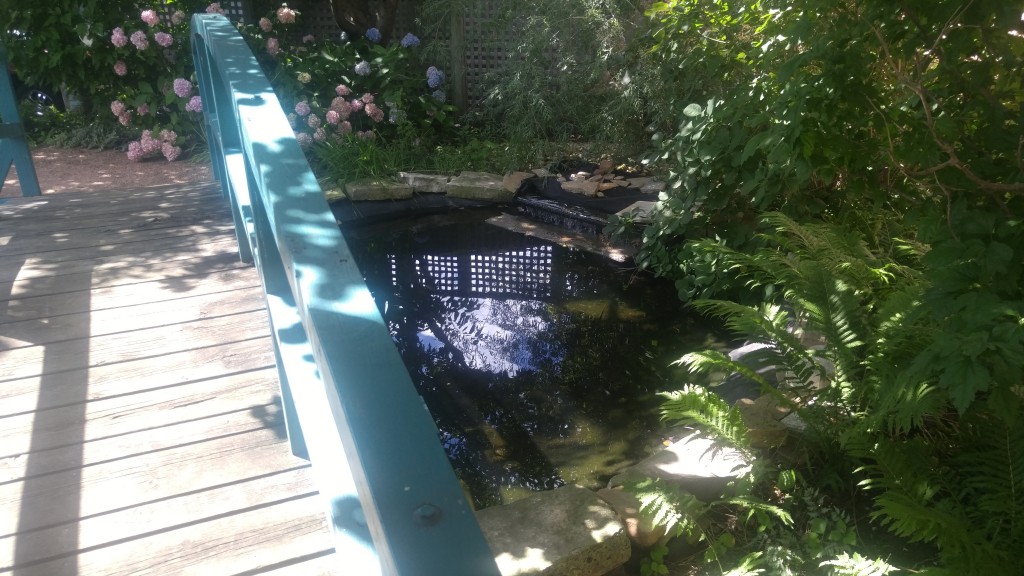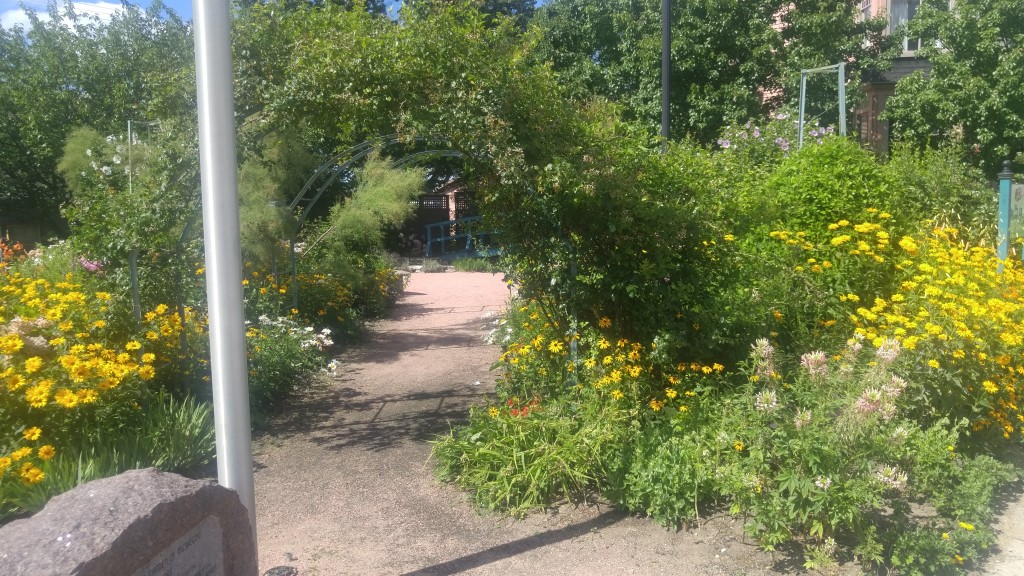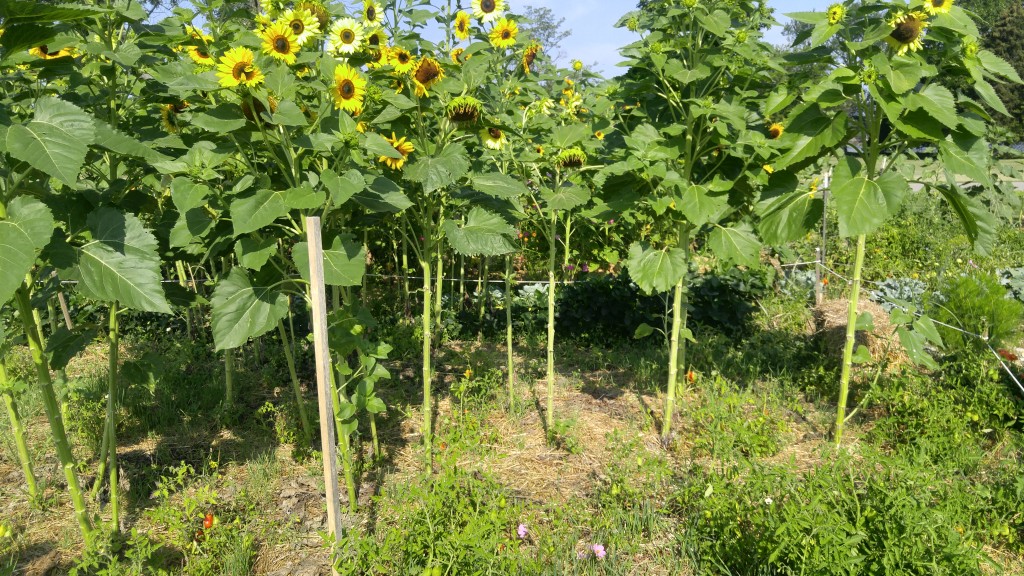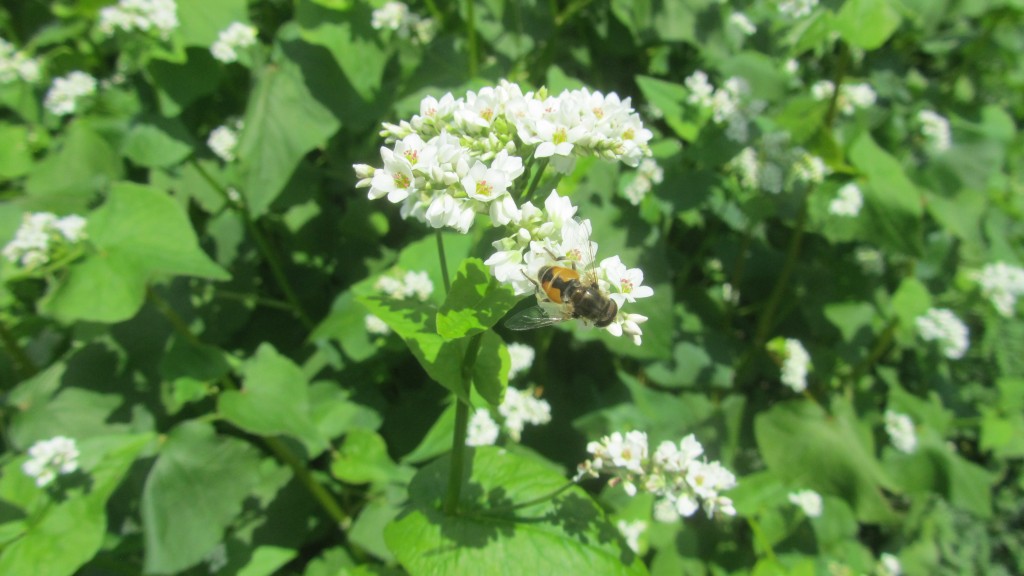The stretch of dry weather we had took its toll on some sycamore trees planted in a less than ideal spot this season. Although sycamores can grow in dry areas, they thrive in moist soils. That causes a bit of a problem since the best spot to build a structure is on a high and dry area — the exact opposite of the what is preferred by a sycamore tree.
People love sycamores because of their maple-like leaves and unique bark. A healthy, thriving sycamore is a wonderful sight and is makes fine shade tree, although they can be messy. However, unless a building site has a low, moist spot, a sycamore should not be your first choice. When these trees are planted on the wrong site, they never get a chance to live up to their full potential. A dry site can actually significantly shorten their lifespan.
Powdery mildew is a plant disease that can show up this time of year on sycamores. And that is exactly what happened on a trio of sycamores I was asked to look at last week. Usually powdery mildew shows up first on the newest leaves, but on those trees so many leaves were gone, I was only able to find the fuzzy fungus growth on the few older leaves still attached to the tree.
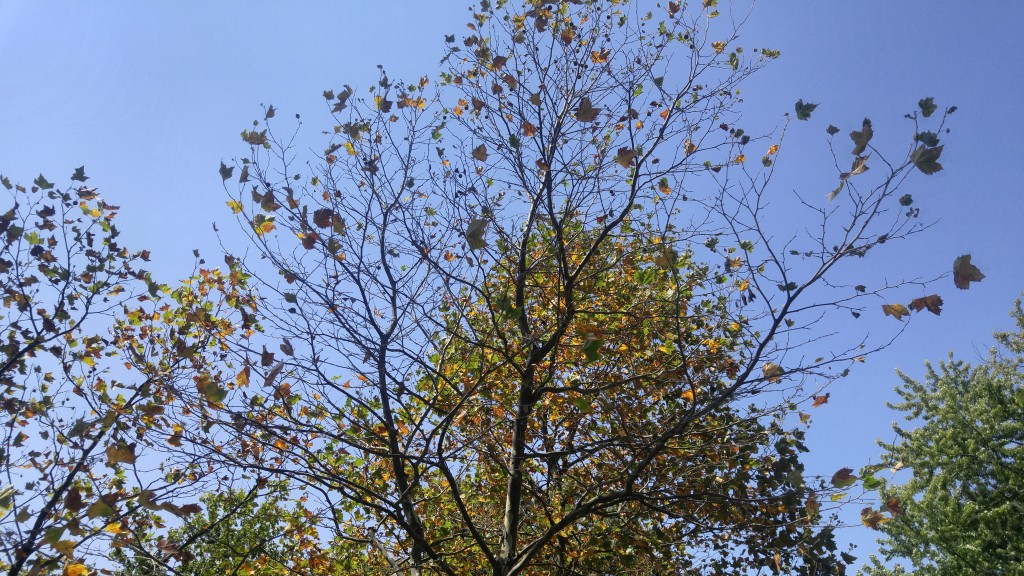
This sycamore has lost virtually all of its leaves. Compare that to the maples in the background that have nearly all of their leaves.
Normally mildew is not a serious problem on sycamores, it causes leaves to drop but the trees bounce right back the next season. I’m somewhat concerned about those three trees. The combination of the dry site and powdery mildew may leave the trees in a permanent weakened condition. Healthy sycamores are fast growing trees but these seem to be languishing in that spot. The prescription in this case is to irrigate the trees as soon as the start of a dry spell is expected — every year from here on out.
Since trees can live for decades or even centuries, take some time to survey your planting site and match the tree to the conditions.
Bob
